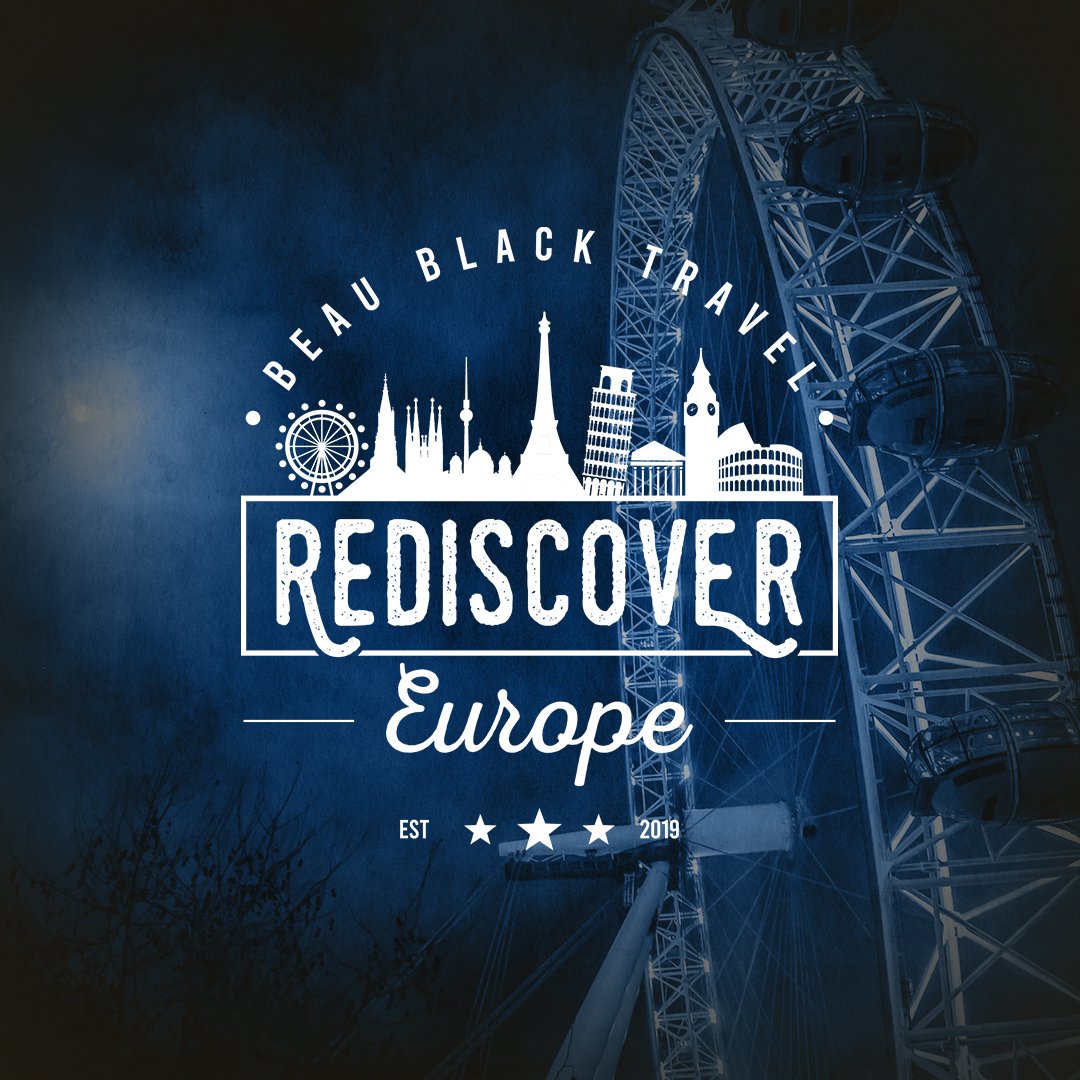[Updated!] Over many years and many trips (36 and counting) to Europe, I’ve learned how important pace is to a great trip. There’s always the temptation to cram in as much as possible, staying only a night or two in one place before moving on to the next. Resist this urge. Instead, stay more nights in fewer places, and find hub cities to use as a home base to see what you want to see. [Note: I’ve written a new article on using smaller hubs from which to explore—this one focuses on the big ones. Find it here.]
Less moving around means less packing, less wear and tear on you and your stuff, fewer opportunities to lose things, better opportunities to manage laundry, and best of all, more chances to dig into and enjoy the places you’re staying. My strategy has been to stay from four days to ten days in one spot when I can, and to alternate in-town sightseeing days with day trips.
Here are some of the best spots from which to do this:
London’s ‘walkie-talkie’ building, near the Tower.
London- An obvious choice for sightseeing, London has enough sights of its own to keep visitors busy for weeks. But it’s also a good hub from which to see southern England. One downside: London’s expensive—and a lodging bargain here will still be on the high side comparatively.
The Tower of London, seen from the citizenM Hotel,
In London you’re one to two hours by train, bus, or car from Oxford and Cambridge, Stratford-upon-Avon (Shakespeare’s hometown, and proud of it), Canterbury (of Cathedral and Tales fame), Bath (home to Jane Austen and one of England’s most picturesque towns), Stonehenge, the Cotswold villages, and several locations on England’s southern coast. Intrepid travelers can also hit Paris for a (long) day trip. [Below—Oxford and Stratford are two of your day trip options from London.]
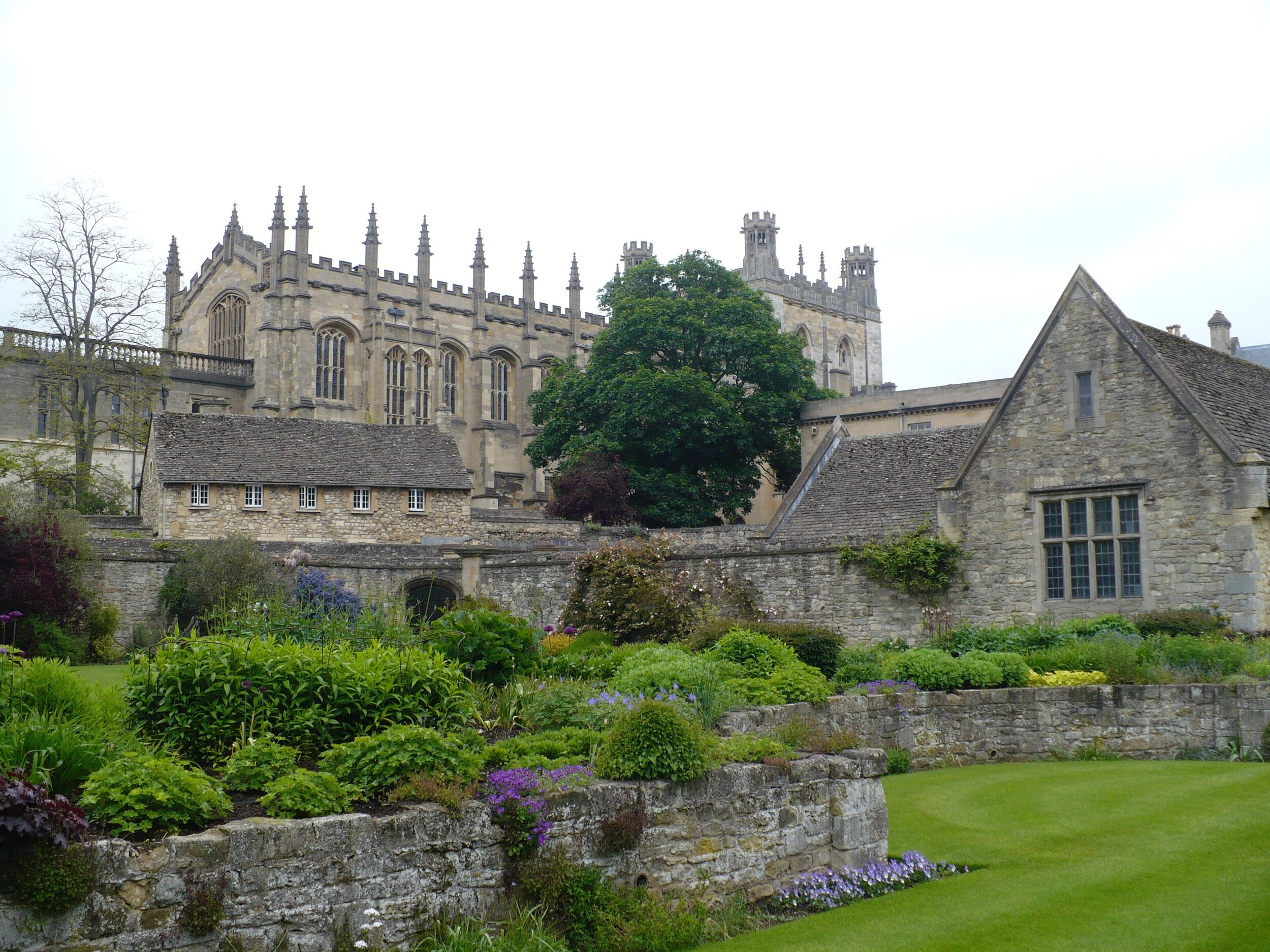
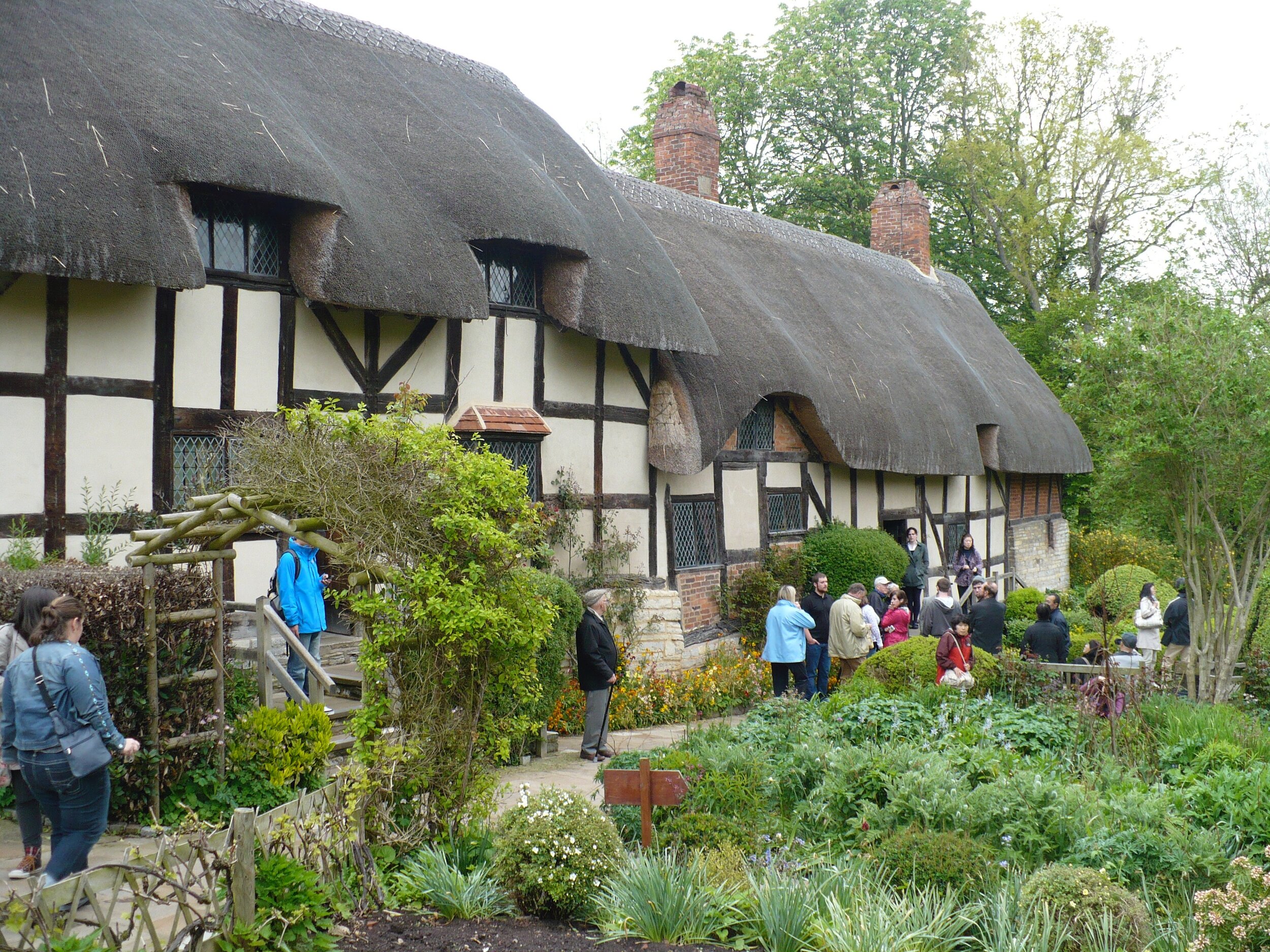
Bavaria- Nürnberg or Munich are two of Germany’s best cities, and about an hour apart by train. Munich, Bavaria’s capital and home to the famed Oktoberfest, is bigger and closer to Austria (so it’s easy to day-trip to beautiful Salzburg). It has plenty offer on its own—two castles (the in-town Residenz and the ‘country’ palace, Schloss Nymphenburg), the historic Hofbrauhaus, iconic Marienplatz, futuristic BMW World and retro-futuristic Olympia Park, art museums galore, and impressive national museums. Lots to see and do. For more on Munich, see here.
Munich’s most famous landmark, the Marienplatz.
Intrepid guide, spotted high above Salzburg.
It’s an hour or two by train to the lovely riverside medieval cities of Regensburg and Bamburg; Ingolstadt, home to Audi’s headquarters and largest factory; mountain village Berchtesgaden; and just across the border in Austria, Salzburg. It’s also a full day’s trip to see some of Ludwig’s castles (Neuschwanstein, Hohenschwangau, and Linderhof) and/or Oberammergau, a town with beautiful painted façades. It’s a bit more logistically challenging, but still possible, to get to a fourth of Ludwig’s castles, the never-finished and less-touristed Herrenchiemsee. For more on Oberammergau and the castles, see here.
About an hour from Munich, Nürnberg is more compact and manageable, with a range of good hotels within three or four blocks of the main train station. It offers its own castle, little bratwursts, the Handwerkhof (a medieval-looking cluster of shops and restaurants tucked into the city wall), and four awe-inspiring churches. And it’s all surrounded by an intact and impressive medieval wall. Outside the old town are two of Germany’s most interesting WW2 sights—the chilling Nazi Documentation Center, and the courtroom used in Nürnberg trials and an accompanying exhibit. For more on Nürnberg, see here.
[Below: Bavarian sights—Munich’s BMW World, Nürnberg’s Holy Ghost Hospital straddling the river, Neuschwanstein Castle, and Rothenburg.]
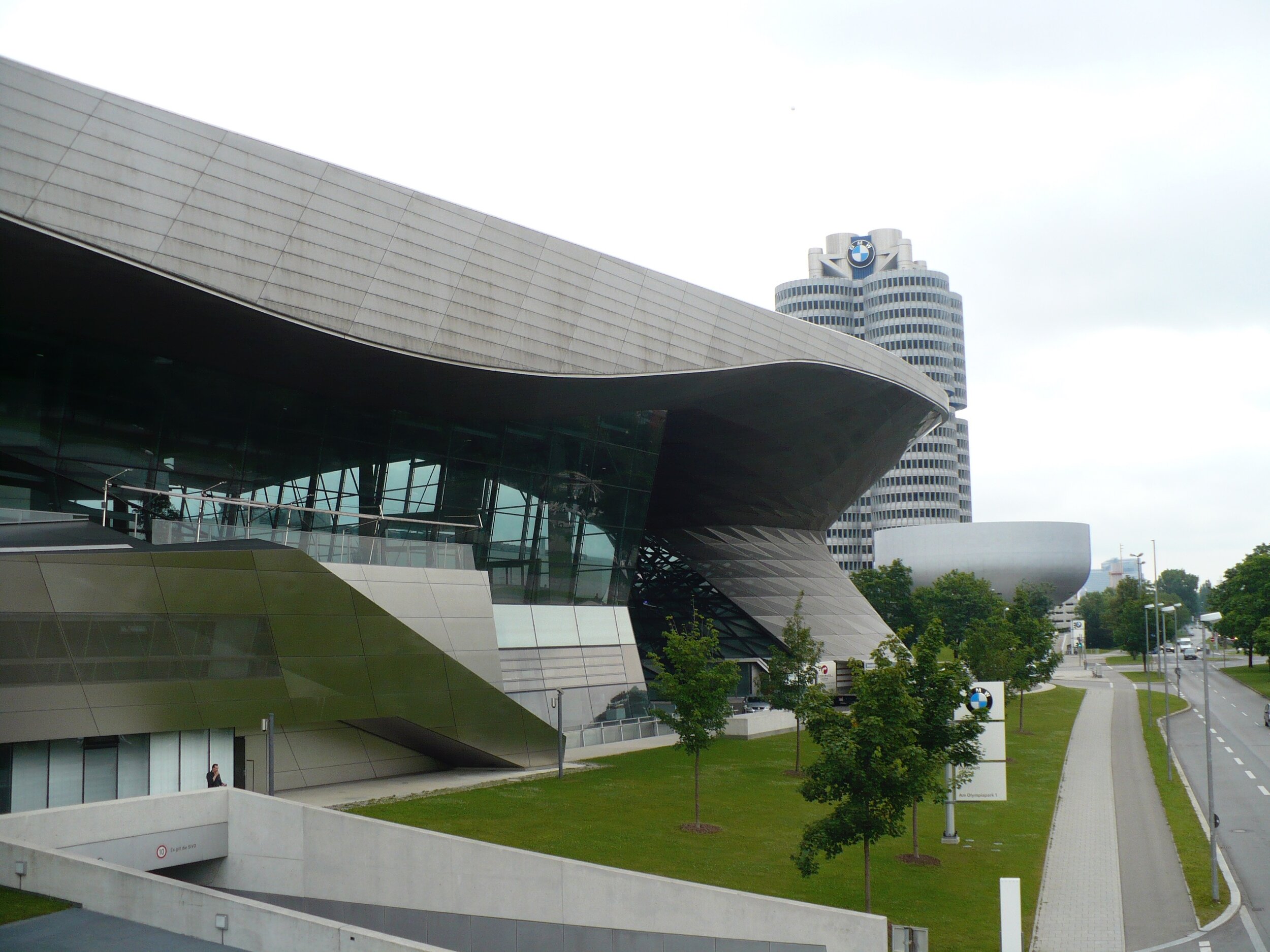


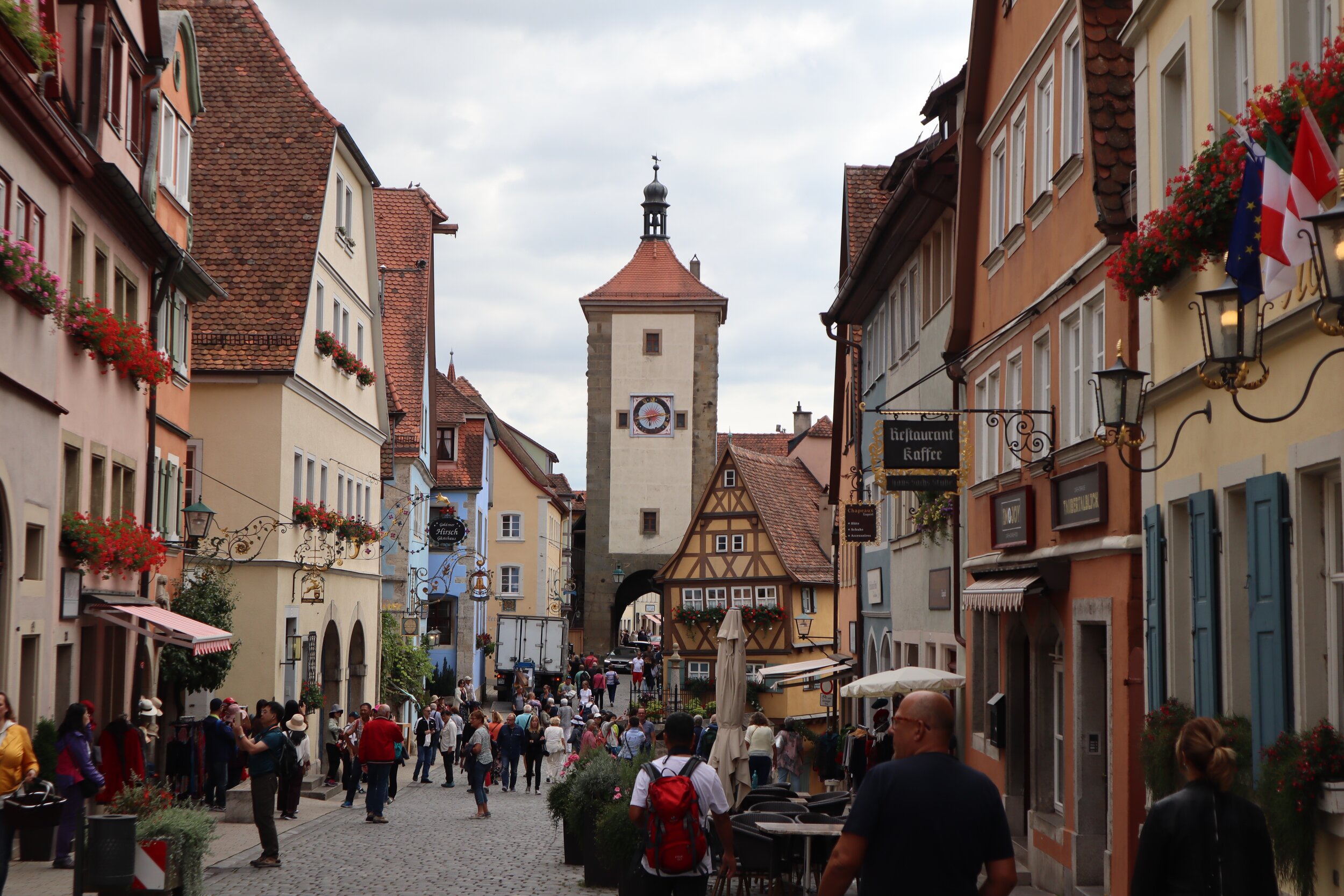
Nürnberg is less than an hour from Ingolstadt, Bamburg, and Regensburg—but its best day trip is to the medieval village of Rothenburg ob der Tauber, Germany’s prettiest. It’s a bit further, but well, well worth it.
Church in Interlaken.
Walking through Lauterbrunnen, Switzerland.
Lauterbrunnen or Interlaken, Switzerland- The Berner Oberland region contains some of Switzerland’s very best sights, mountain peaks, lakes, hikes, and excursions. Choose Lauterbrunnen, a small village, to be in the heart of the scenery, or Interlaken, for small city convenience about twenty minutes by train away. (A third option, Grindelwald, offers a bit of both.) The immediate area offers two famous and accessible mountain peaks—the Jungfrau (the ‘top of Europe’) and Schilthorn (prominently featured in the James Bond film On Her Majesty’s Secret Service). These get all the hype, and most of the tourists—but other sights also offer amazing scenery. Schynige Platte [‘sheeniguh plottuh’] grants visitors an amazing panorama of Alps and lakes on a clear day, as does the Niederhorn, on the other side of Interlaken. First, near Grindelwald, and Mt. Niesen and Harder Kulm, near Interlaken, are other less-touristed options. Hiking, sightseeing, dining, and amazing views are on tap at all of these.
From either hub, it’s easy to get to Swiss capital Bern, charming town of Thun, the Ballenberg outdoor museum, and the Aare Gorge and Reichenbach Falls near Meiringen. The alpine resort village Gstaad and lakeside, French-speaking Montreux (home to Chillon Castle) and Lausanne (home to the Olympic Museum) are also do-able as long day trips. [Seen in Switzerland: intrepid guide atop the Niederhorn, Montreux makes even the grumpiest traveler smile, and exploring the Aare Gorge near Meiningen.]
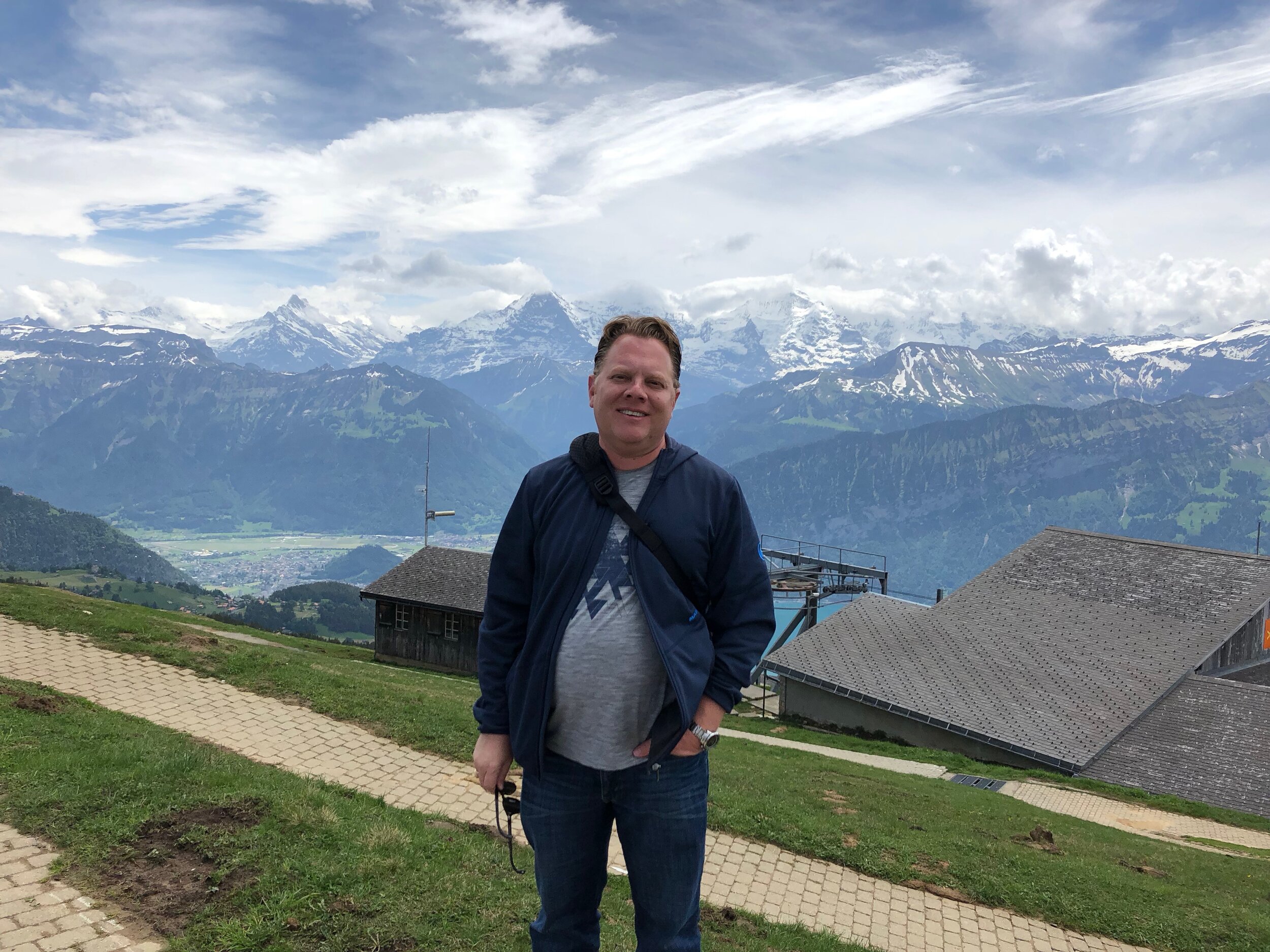
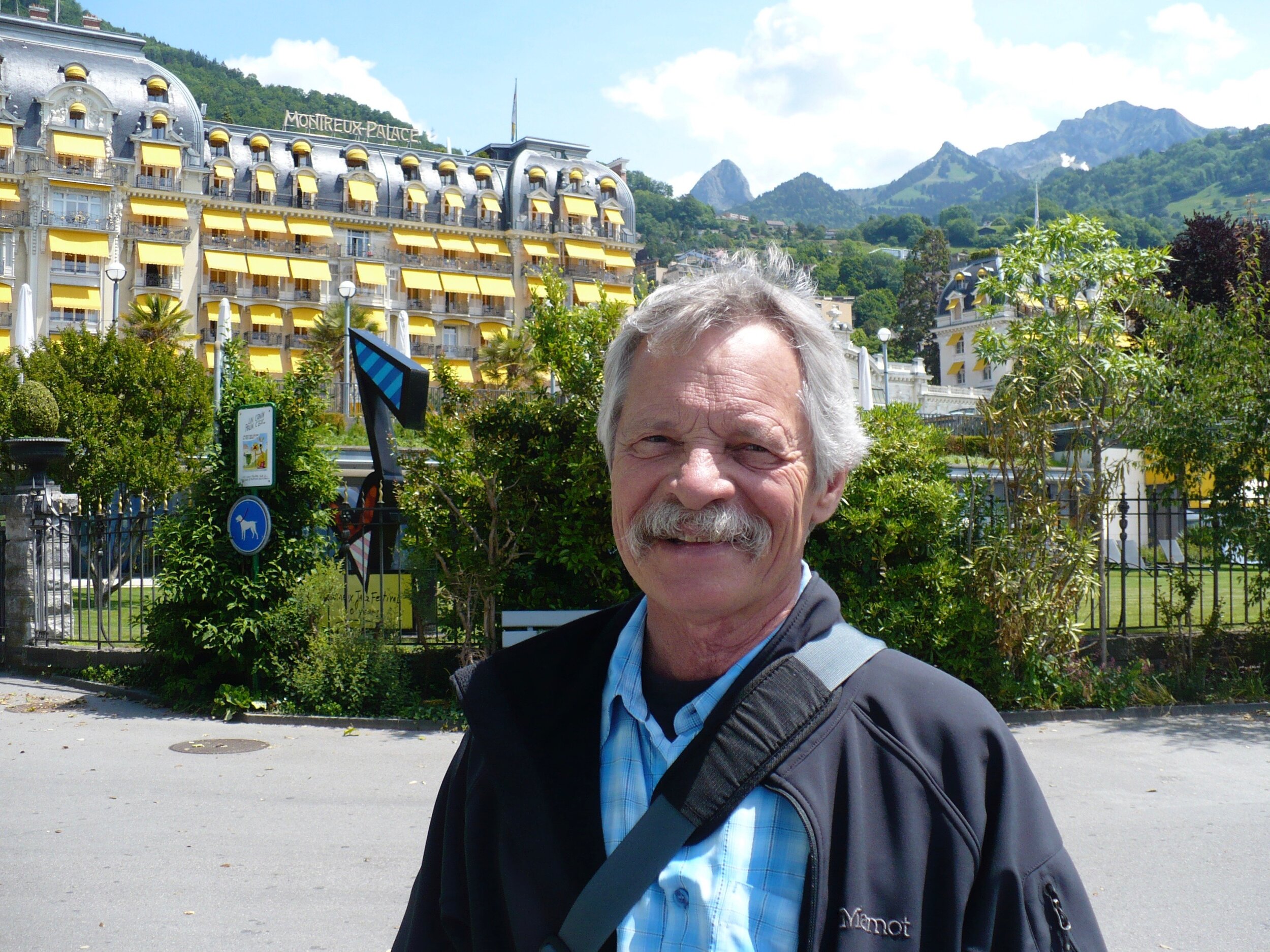
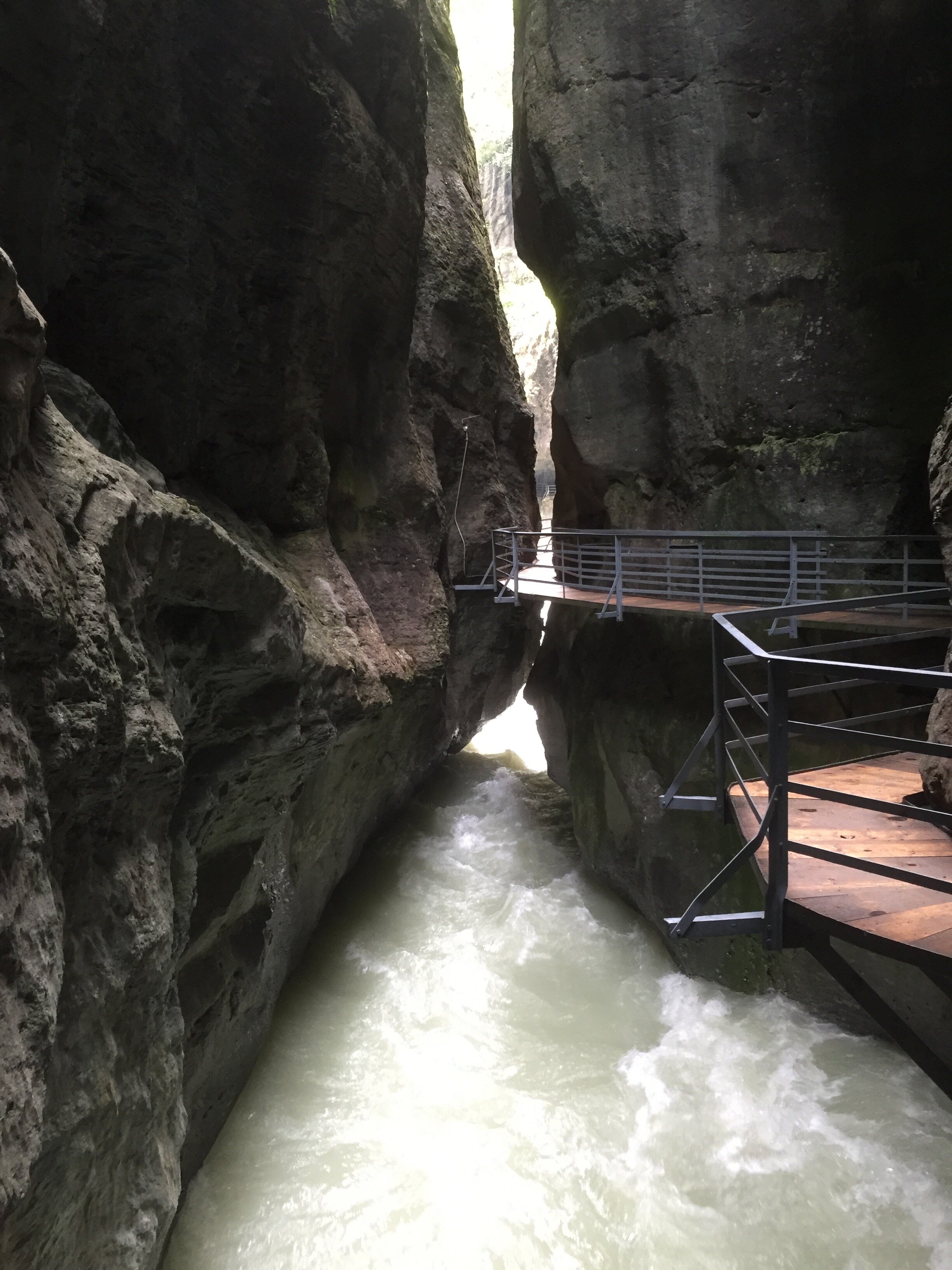
Vienna, Austria- Like Paris but want to avoid its endemic rudeness, political upheaval, and things that smell like urine? Try Vienna. Its world-renowned opera pairs nicely with its world-class palaces and museums, but there’s an earthier side to Vienna as well. Find your way to the Naschmarkt (a giant outdoor food market), the Mariahilferstrasse shopping zone, tiny Third Man Museum (inspired by the classic film), or one of the wine-pubs (Heurige) near Grinzing. Learn more about Vienna here. [Seen below: Schönbrunn, Hofbug, and Belvedere Palaces.]

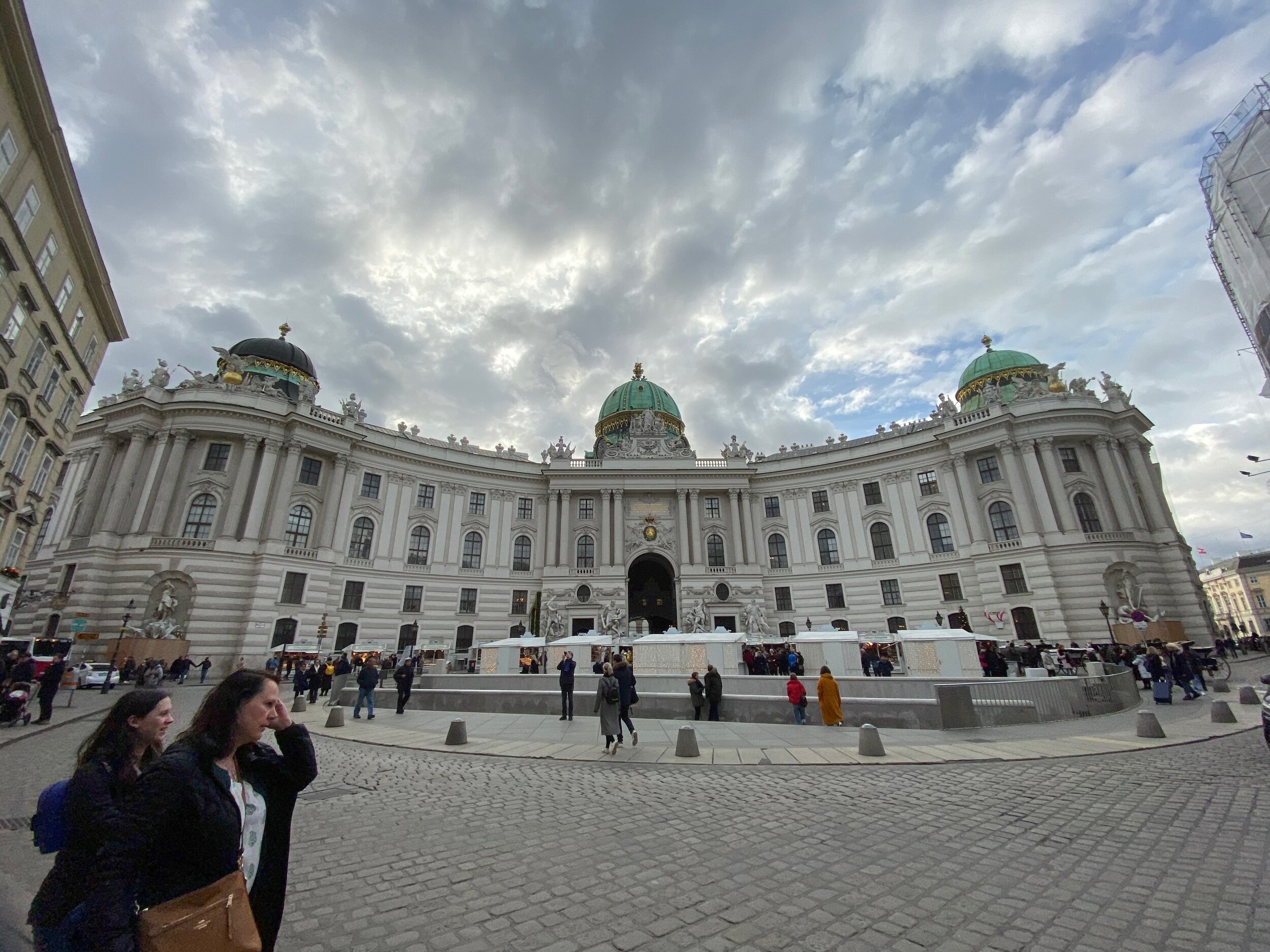
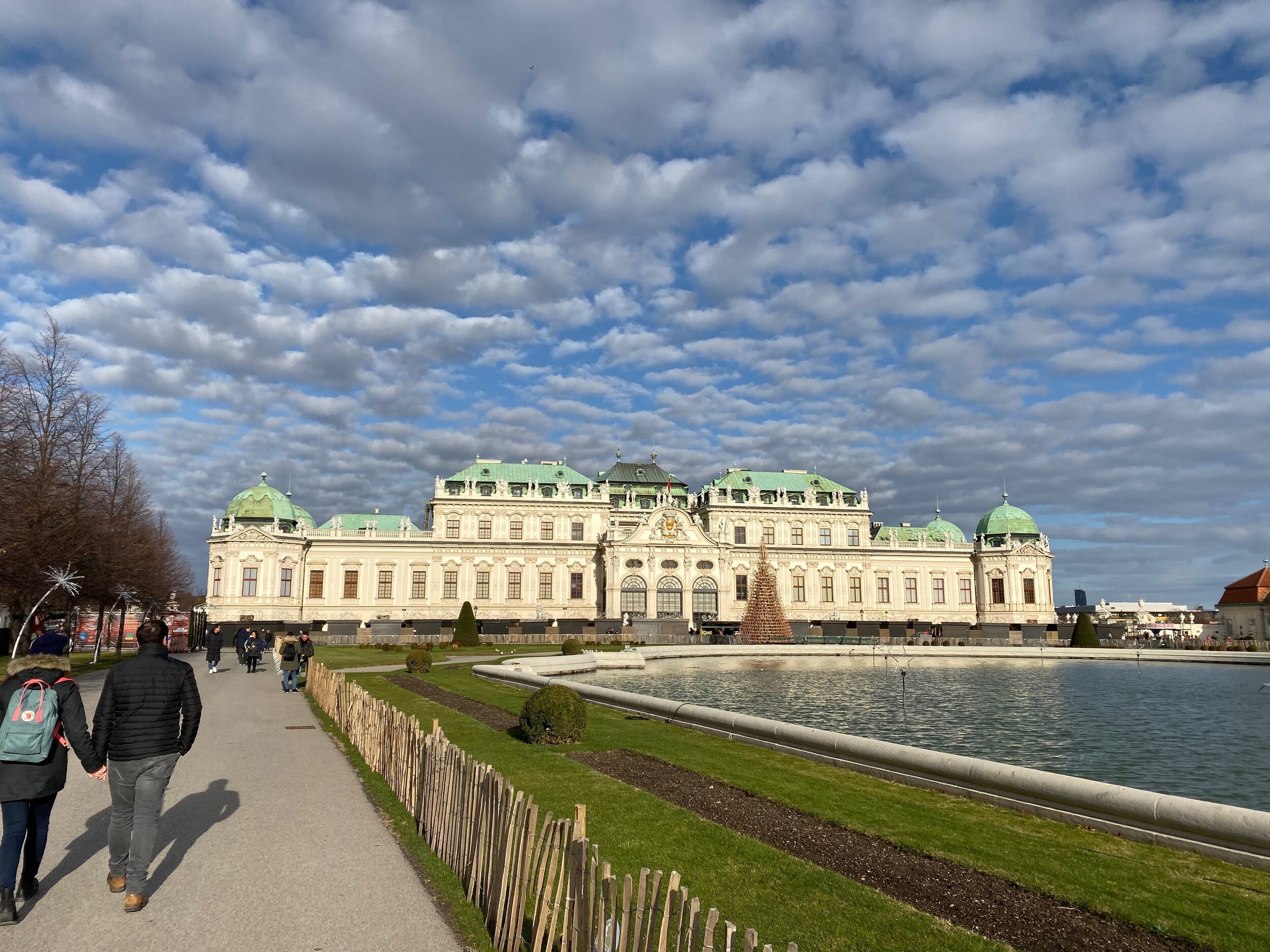
Vienna also puts you near sights-packed villages of Melk and Krems and the scenic Wachau Valley along the Danube between them, as well as Bratislava, the rebounding capital of Slovakia, and Eisenstadt, home to Schloss Esterházy and its tribute to composer Joseph Haydn. Even majestic Budapest, about 2 ½ hours away by train, works as a day trip.
Others to consider: Milan has one of Europe’s great cathedrals, its amazing Duomo, as well as the Galleria Vittorio and Da Vinci’s Last Supper—but it’s also a good hub from which to explore the Italian lakes and even the Ticino region of southern Switzerland.
A view from the Zwinger in Dresden.
Dresden, pieced back together after being destroyed in the war, is a real gem in eastern Germany. It’s close to Meissen (famed for its porcelain) and Königstein Fortress—but a longer (2 ½ hour) trip gets you to Berlin in one direction, and Prague in another. Read more about historic Dresden here.
Beau Black is a travel advisor, guide, writer, and English professor. To book a trip to these and other dream destinations, contact him at beau@rediscovereurope.com.









